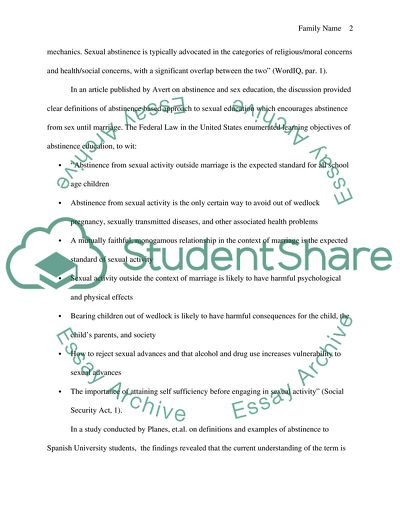Cite this document
(Advantages and Disadvantages of Sexual Abstinence Research Paper, n.d.)
Advantages and Disadvantages of Sexual Abstinence Research Paper. Retrieved from https://studentshare.org/gender-sexual-studies/1570987-sexual-abstenance
Advantages and Disadvantages of Sexual Abstinence Research Paper. Retrieved from https://studentshare.org/gender-sexual-studies/1570987-sexual-abstenance
(Advantages and Disadvantages of Sexual Abstinence Research Paper)
Advantages and Disadvantages of Sexual Abstinence Research Paper. https://studentshare.org/gender-sexual-studies/1570987-sexual-abstenance.
Advantages and Disadvantages of Sexual Abstinence Research Paper. https://studentshare.org/gender-sexual-studies/1570987-sexual-abstenance.
“Advantages and Disadvantages of Sexual Abstinence Research Paper”, n.d. https://studentshare.org/gender-sexual-studies/1570987-sexual-abstenance.


